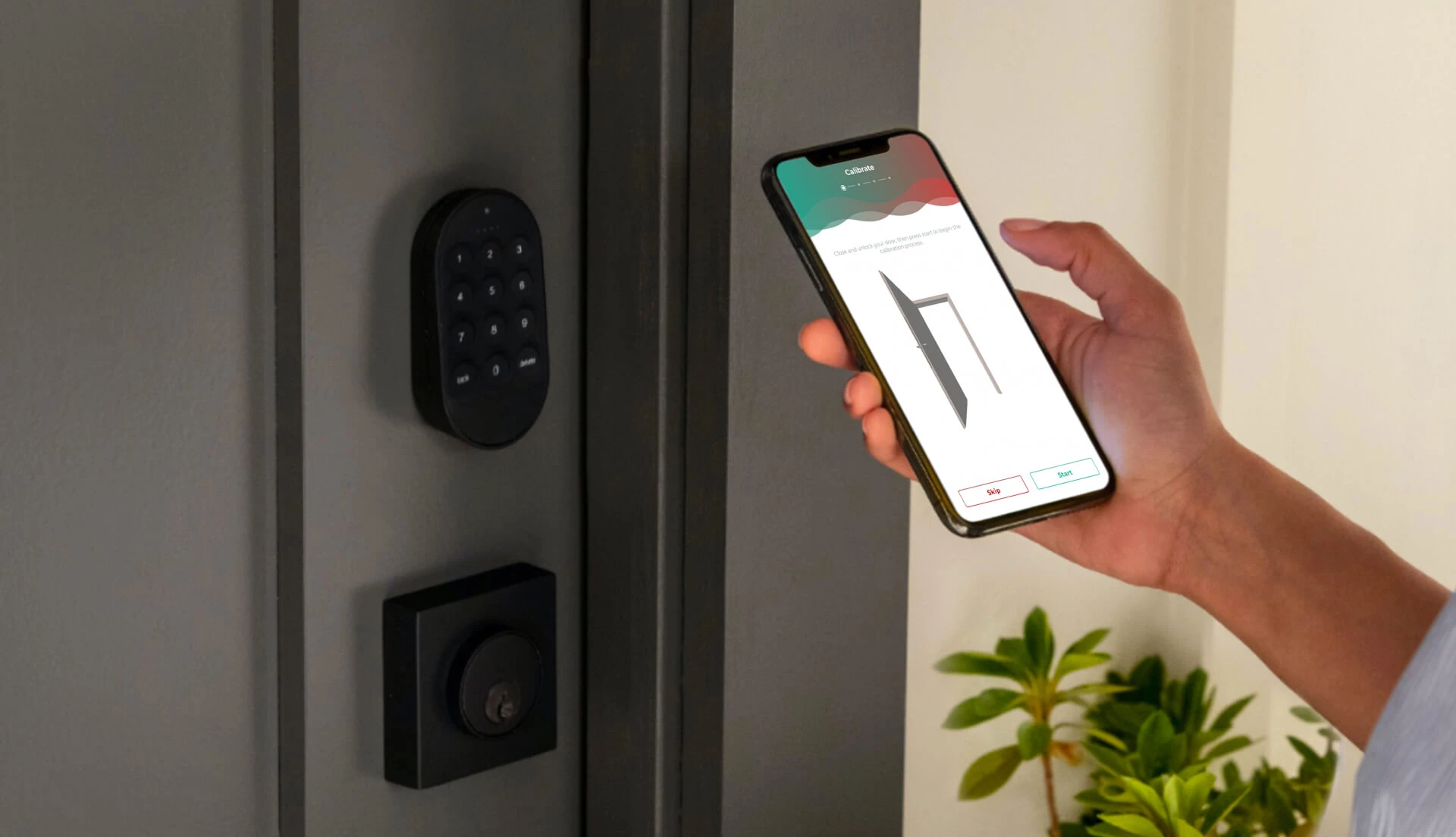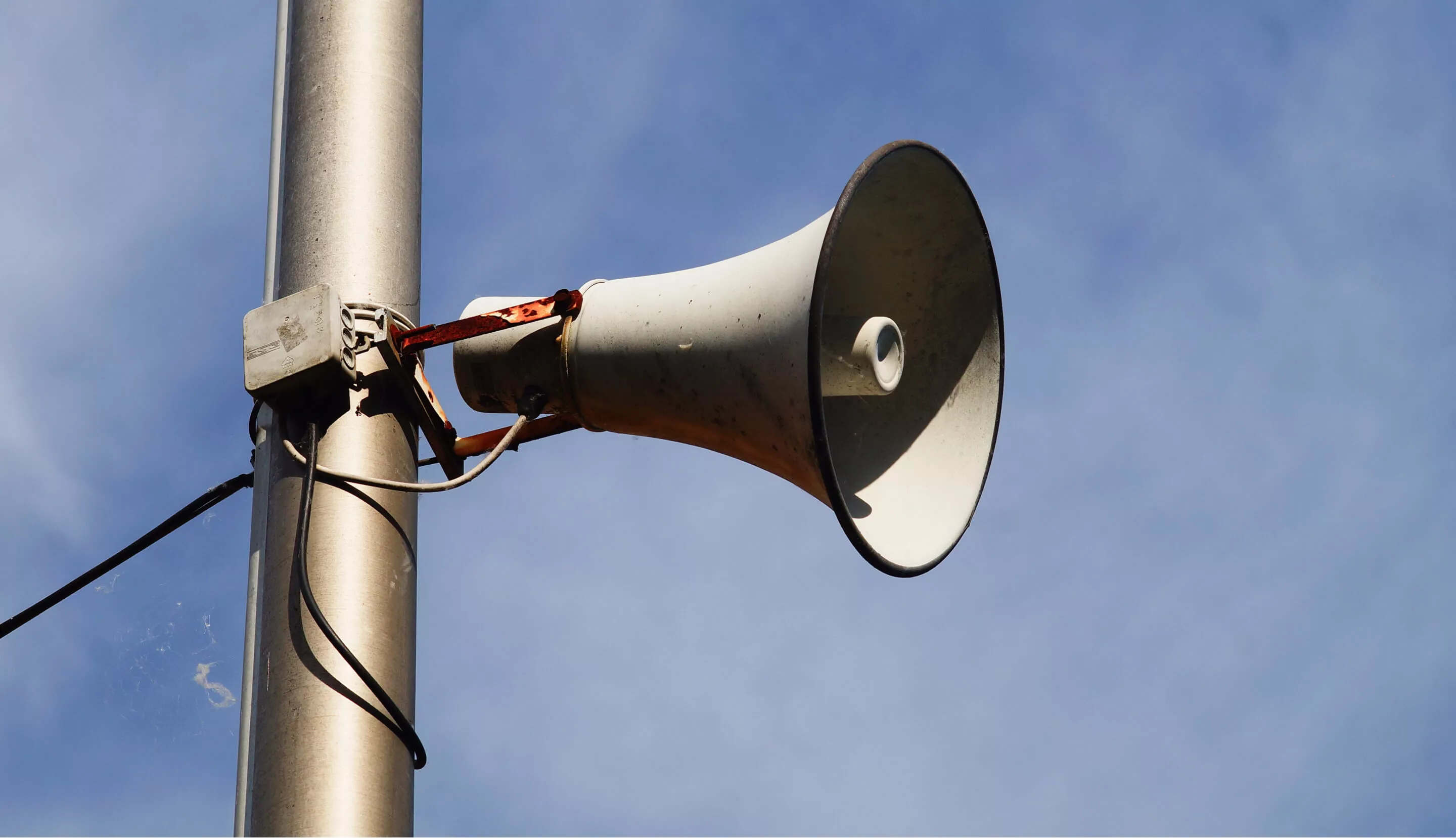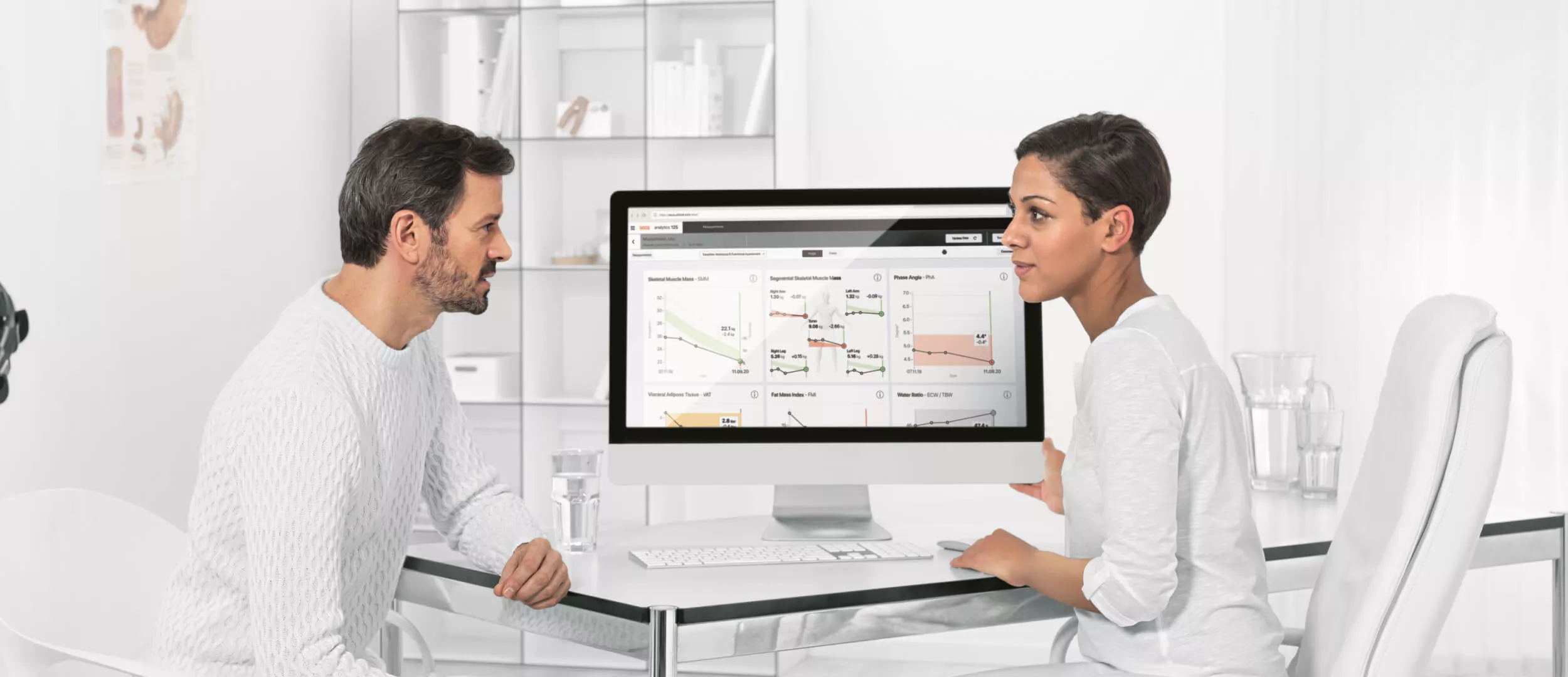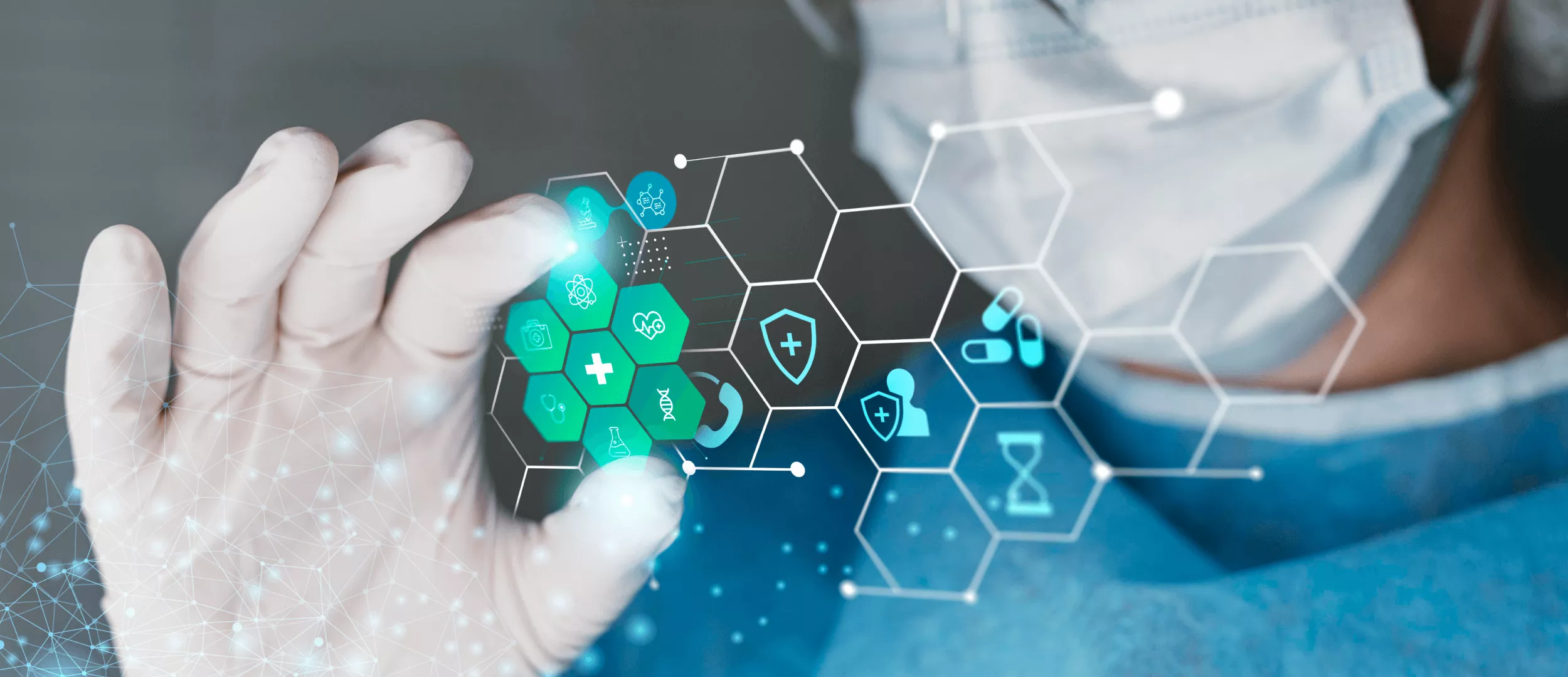Top 4 Internet Of Things Trends (IoT) To Watch Out for in 2023

The Internet of Things (IoT) is the evolving network of physical objects that are online, connected, and capable of communicating and sharing information with us and with each other.
The internet was first accessed through PCs and then smartphones. Smart TVs, connected kitchen appliances like kettles and fridges, and smart alarm systems, cameras, and lightbulbs have filled our homes over the past decade. We have grown accustomed to working alongside smart machines in our workplaces, driving smart cars, and even residing in smart cities, all at the same time.
More than 43 billion devices are expected to be connected to the internet by 2023. In all manner of ways, they will help us to generate, share, collect, and make use of data. Here is a summary of the main trends that will impact our use and interaction with these devices in the upcoming year.
Digital Twins and the Enterprise Metaverse
During 2023, two very important tech trends will converge and define how technology is used across industry and enterprise. Bridging the gap between the real and virtual worlds will be one of the most valuable applications of the metaverse for businesses. It will be possible to construct more realistic digital replicas of various systems, ranging from manufacturing facilities to shopping malls, by utilizing data obtained from IoT sensors.
Ivanna
Client Manager
Using experiential metaverse technology like VR headsets, business users can step inside these digital twins to gain a better understanding of how they work and how adjusting individual variables is likely to influence business outcomes.
In retail, the convergence of technology is already being applied, allowing store planners to monitor footfall in real time and adjust displays and promotions to observe their impact on customer behavior and, ultimately, revenue generation. Designers of factories and manufacturing plants can experiment with different machinery configurations, highlight potential safety issues, and predict when breakdowns might occur in industrial settings.
IoT Security
Our lives become more convenient with IoT devices, but they also expose us to new and diverse forms of cyberattack. Simply put, the greater the number of connected devices in our surroundings, the higher the risk of potential entry points for attackers.
The White House National Security Council in the US aims to establish standardized security labeling for manufacturers of consumer IoT devices by early 2023. Buyers will be able to comprehend the potential risks of specific devices they bring into their homes with the help of these. Taking precautions can prevent many basic attacks, such as phishing attacks, which rely on social engineering - tricking users into disclosing access details.
It is expected that the UK will introduce its bill on Product Security and Telecommunications Infrastructure (PTSI). Spending on security for IoT in the industry, especially in the consumer space where networks can be the sole obstacle between thieves and highly sensitive personal data, is projected to reach $6 billion by 2023.
The Internet of Things in Healthcare
By 2023, the market value for IoT-enabled health devices, which is a huge area of opportunity for IoT technology, is expected to reach $267 billion.
The Internet of Things for Healthcare defines the use of wearables and in-home sensors to monitor patients outside of the hospital or doctor's surgery. It is one of the biggest game changers for healthcare professionals. Patients who require immediate and direct care can now receive 24/7 attention while valuable resources are freed up. By 2023, the concept of a 'virtual hospital ward' will become more familiar to us, as doctors and nurses will use sensors and telemedicine to monitor and treat patients in their own homes.
Wearable devices for consumers offer valuable insights into personal health and fitness levels. By providing this knowledge, individuals may seek help earlier when necessary while also improving their awareness of how lifestyle habits like diet or exercise impact their wellness.
In Healthcare Internet of Things we can now commonly find smartwatches that come with ECG and Sp02 sensors, and we anticipate more products like wearable skin patches in the coming year. Elon Musk’s Neuralink is developing implants that read neurological signals – they may release devices that help people with paralysis regain physical control as one of their first applications.
Governance and IoT Regulation
Manufacturers and operators of smart devices are expected to follow stricter rules about how data can be collected, where it can be stored, and what they need to do to protect against breaches when the EU introduces legislation in 2023. We can expect a raft of new legislation to be implemented around the world, and this is just one piece. It is possible that in 2023, governments will begin to address the legal and social implications of the rapidly growing IoT. Issues related to edge computing, which employs devices meant to process data at the location where it is gathered instead of transmitting it to centralized cloud servers for analysis, are also anticipated to be tackled by EU regulations.
The Chinese government's plan to implement policies enabling the widespread adoption of IoT technology throughout China will reach its conclusion in 2023 after three years. While acknowledging that IoT presents opportunities for substantial business growth, there is a consensus that controlled development is necessary to prevent infringements on personal liberties.
Our Experience
The responsibility of creating software that would enable communication with a smart lock was assigned to the Stfalcon team. The software should be able to allow the owner to remotely control the lock via a smartphone, virtual reality password, and automatic door opening. It should also be able to identify the owner and provide control both within line of sight and over the Internet.
The Stfalcon continued working during the war in Ukraine and in the 2nd month of the full-scale war with Russia, the Khmelnytskyi regional military administration accinged us with the task of automating the activation and deactivation of warning sirens.
Bottom Line
In 2023, our interaction with IoT devices will be influenced by major trends such as the digital twins and the enterprise metaverse.
This combination is poised to redefine how technology is leveraged across industrial and enterprise sectors. Additionally, securing IoT networks has become crucial due to the increasing number of interconnected devices that serve as potential entry points for hackers.
Furthermore, there presents a lot of opportunities in the Internet of Healthcare Things. The ever-expanding reach of IoT is predicted to result in stricter governance and IoT regulation as governments across the globe confront the various legal and social implications associated with the unprecedented growth of this innovation. If you are interested in creating high-demand applications, get in touch with us, free consultation is available.

 Read the full case study
Read the full case study
 Read the full case study
Read the full case study


